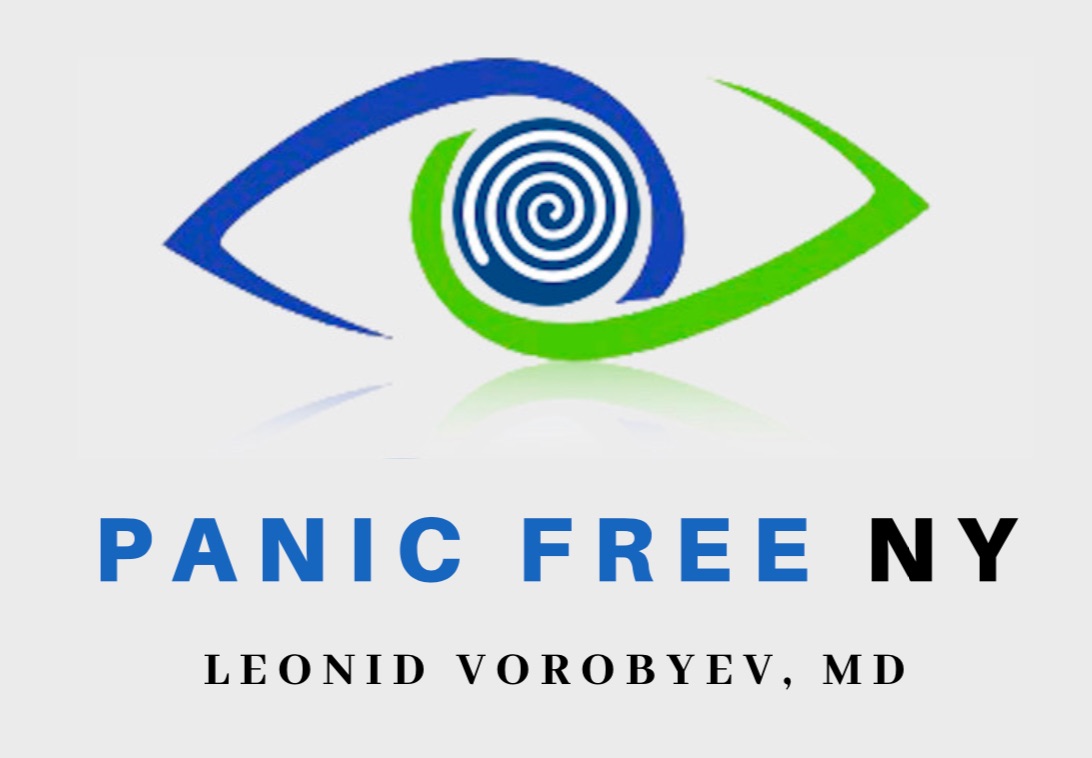
What is PTSD?
PTSD, also known as Post Traumatic Stress Disorder is a psychiatric condition that is caused by witnessing or experiencing a trauma in the form of a natural disaster, a serious accident, a terrorist act, war/combat, rape or other violent personal assault. According to Psychiatry.org, “PTSD affects approximately 3.5 percent of U.S. adults, and an estimated one in 11 people will be diagnosed PTSD in their lifetime. Women are twice as likely as men to have PTSD.”
People who are diagnosed with PTSD experience overwhelming thoughts and feelings relating to the event they experienced. These feelings last long after the traumatic event has ended and the person traumatized by the event may relive this situation in their mind repeatedly accompanied with flashbacks and nightmares. A person with PTSD may feel sadness, fear, sadness, detachment, or the need to be estranged from certain people or situations that remind this person of the traumatic event. Accidental touches and loud noises can trigger a person with PTSD and reactions can vary from fear to violence.
In order to diagnose PTSD, a person may need to have exposure to an upsetting traumatic event. The exposure may be indirect rather than first hand. In other words, exposure of traumatic stories of other people may be a trigger.
Diagnosis and Symptoms of PTSD
In order to be diagnosed with PTSD, a person should experience symptoms that last more than a month. At the time of diagnosis, people usually experience symptoms for months and sometimes even years. People develop symptoms within three months of experiencing trauma, however sometimes the onset of symptoms come years later. Symptoms of PTSD may cause extreme distress and problems with performing day-to-day functions. PTSD often presents with other related conditions such as substance abuse, alcohol abuse, depression, memory problems, and anxiety.
Symptoms of PTSD fall into four categories and can vary based on severity.
- Being irritable and aroused. Having angry outbursts; making reckless decisioms, behaving in a self-destructive way; not having the ability to concentrate, inability to fall asleep and stay asleep.
- Having repeated disturbing thoughts, involuntary memories; nightmares or flashbacks of the traumatic event. People experiencing flashbacks may feel that they are too vivid and as if they are experiencing the traumatic event in real life.
- Avoiding certain people, places, activities, objects and situations that bring on memories of the traumatic event. People may try to avoid remembering or thinking about the traumatic event. They may resist talking about what happened or how they feel about it. Feeling detached and/or estranged from others may be prevalent.
- Paranoia and negative thoughts may include ongoing and distorted beliefs about oneself or others (e.g., “I am bad,” “They are watching me”); ongoing fear, horror, anger, guilt or shame; much less interest in activities previously enjoyed.
Treatment for PTSD
Treatments for PTSD vary and depend on the severity of the disorder and the commitment from the person suffering from the disorder. It is recommended that if a person is diagnosed with PTSD, he or she sees a psychiatric provider and a therapist. A combination of medication management and therapy can provide a patient with the opportunity to treat their symptoms both medically and therapeutically.
Medications
SSRIs (selective serotonin reuptake inhibitors) and SNRIs (serotonin-norepinephrine reuptake inhibitors) are types of antidepressant medication that are usually used to treat symptoms of PTSD. There are four SSRIs/SNRIs that are recommended for PTSD:
- Sertraline (Zoloft)
- Paroxetine (Paxil)
- Fluoxetine (Prozac)
- Venlafaxine (Effexor)
These medications usually treat the symptoms of depression, anxiety, anger, and disturbing thoughts. Other medications can treat symptoms of paranoia, and inability to sleep. Ask your psychiatric provider what medication may be the best for your current PTSD diagnosis.
Therapies
While there are quite a few different therapies used to treat PTSD, below are the therapy treatments with most evidence of improved symptoms.
- Prolonged Exposure (PE)
Teaches people with PTSD symptoms how to gain control by facing their negative feelings. It involves talking about their trauma with a provider and doing some of the things they have avoided since the trauma. - Cognitive Processing Therapy (CPT)
Teaches people with PTSD symptoms to reframe negative thoughts about the trauma. It involves talking with their therapist about any negative emotions and doing short writing assignments. - Eye Movement Desensitization and Reprocessing (EMDR)
Helps people with PTSD symptoms to process and make sense of their trauma. It involves calling the trauma to mind while paying attention to a back-and-forth movement or sound (like a finger waving side to side, a tap, a light, or a tone).

